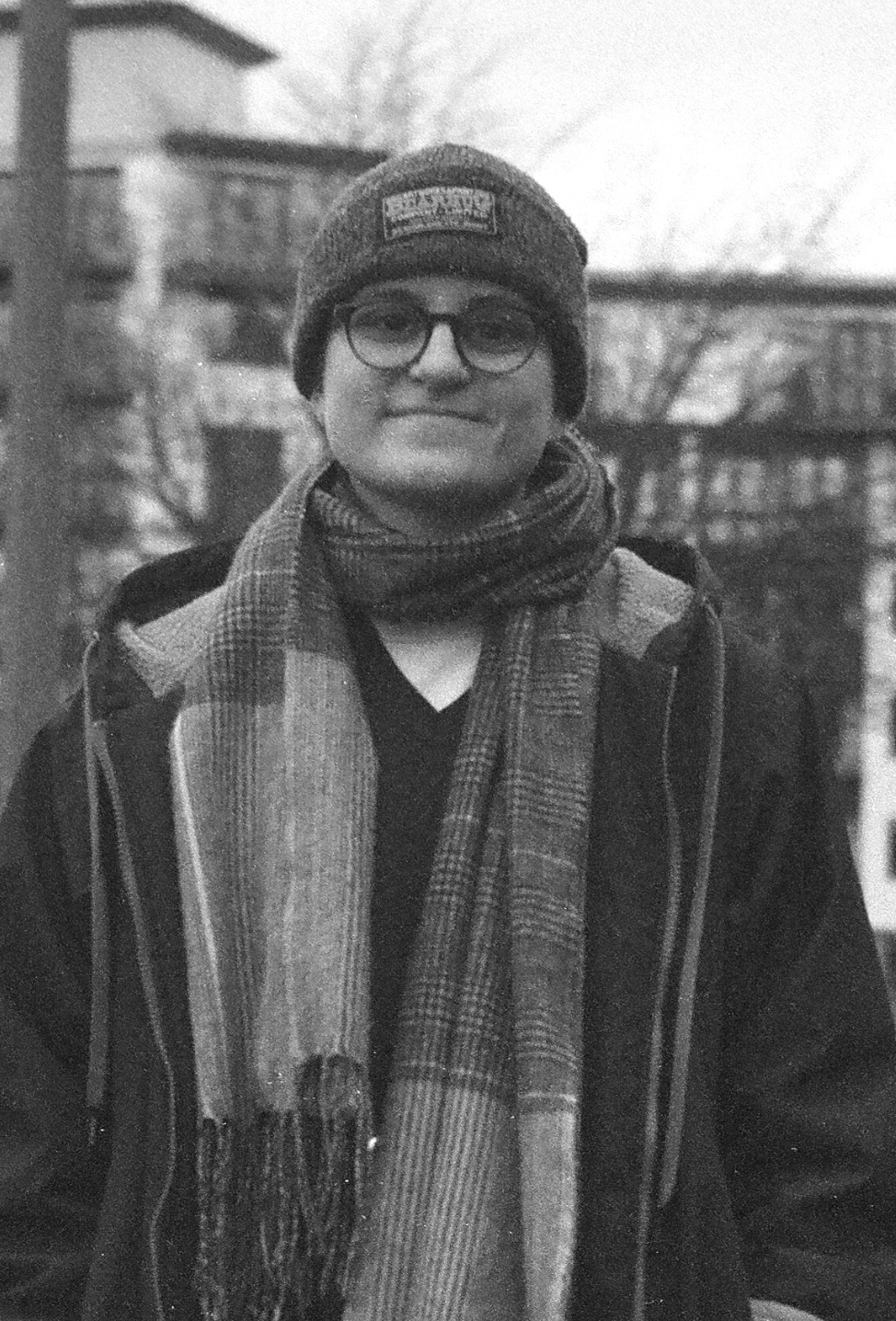Among the essential elements of photography is shutter speed. In the realm of film cameras, understanding shutter speed is a very important part of making sure your images come out well exposed and how you wanted them.
This blog post delves into what shutter speed is, when to use different shutter speeds, and the effects these speeds have on images.

What is shutter speed?
Shutter speed refers to the duration for which a camera's shutter remains open to expose the film to light. It is measured in fractions of a second, such as 1/1000, 1/500, 1/250, and so on, extending to whole seconds for longer exposures. Essentially, shutter speed determines how long your roll of film is exposed to light.
In most film cameras, the shutter is a mechanical curtain that opens and closes at varying speeds. This mechanism allows you to manipulate the exposure of your images and to change how much motion may be blurred.
The Impact of Different Shutter Speeds
Fast Shutter Speeds
Fast shutter speeds, typically ranging from 1/500 to 1/2000 of a second, are perfect for freezing motion. They are ideal for capturing fast-moving subjects, such as wildlife, sports events, or any scenario where action is a key element. Using a fast shutter speed minimizes motion blur, resulting in crisp, sharp images.
Examples of Fast Shutter Speed Usage:
- Sports Photography: Capturing athletes in motion requires a fast shutter speed. This ensures that the action is frozen in time, eliminating any motion blur.
- Wildlife Photography: When photographing animals in the wild, especially those that move quickly, a fast shutter speed is crucial.
A helpful tip: for both of these types of photography, a power winder can come in handy to wind your film quickly and make sure you are ready for the next exposure.

Slow Shutter Speeds
Slow shutter speeds, which can range from 1/60 to several seconds, are used to introduce motion blur intentionally or to capture low-light scenes. When the shutter remains open longer, more light is allowed onto the film, which is particularly beneficial in dimly-lit environments or when creating artistic effects.
Examples of Slow Shutter Speed Usage:
- Night Photography: Capturing cityscapes at night or starry skies requires more light. Slow shutter speeds allow the film to gather enough light to produce well-exposed images.
- Light Trails: Slow shutter speeds can capture the trail of lights from moving vehicles or the path of stars across the sky, creating interesting visual effects.
- Motion Blur: In artistic photography, slow shutter speeds can be used to convey a sense of movement. For example, a slow shutter speed can blur the motion of a waterfall, giving it a silky, smooth appearance.

When to Use Different Shutter Speeds
Fast Shutter Speeds
- Bright Conditions: In well-lit environments, fast shutter speeds prevent overexposure by limiting the amount of light hitting the film.
- Capturing Action: Use fast speeds to freeze fast-moving subjects, ensuring clarity and sharpness.
- Reducing Camera Shake: When shooting handheld with a long lens, a fast shutter speed can mitigate the risk of camera shake, producing clearer images.
Slow Shutter Speeds
- Low-Light Situations: Slow shutter speeds are invaluable in conditions where light is scarce, such as indoors or during dusk and dawn.
- Creative Effects: Use slow speeds to capture motion blur for artistic expression or to create light trails.
- Long Exposures: For capturing static subjects over time, such as landscapes or architecture, slow shutter speeds can enhance detail and depth.
How does shutter speed affect exposure?
Your shutter speed is one of the main factors to take into account when it comes to your exposure. Your exposure is made up of a combination of shutter speed, ISO, and aperture.
Your shutter speed will affect how much light hits your negative. If you have a fast shutter speed, less light reaches your negative. With a slower shutter speed, more light reaches the negative.
With this in mind, your exposure will have to be balanced between the three settings. For example, you will need a larger aperture (smaller number) when using a faster shutter speed, so that enough light reaches the negative to create a well-exposed image.
Most cameras will have a light meter built-in to help you balance your exposure and tell you if your image is under or over-exposed. If your camera does not have a light meter, we recommend reading our blog post here.
To summarise:
Fast shutter speeds freeze motion and slower shutter speeds blur motion.
The faster the shutter speed, the less light reaches your images.
Use a fast shutter speed for action, movement and in bright situations.
Use a slow shutter speed for dark situations, artistic shots and long-exposures.
If you like what we do, but can't buy a camera from us, please consider buying us a cup of coffee! It helps us to keep these resources free, consistent, and accessible.




